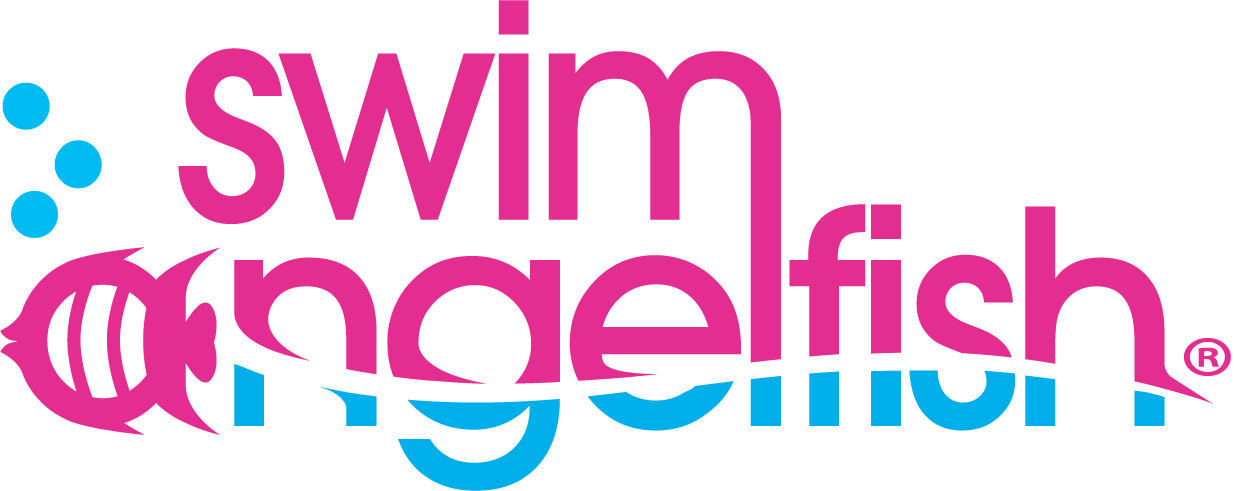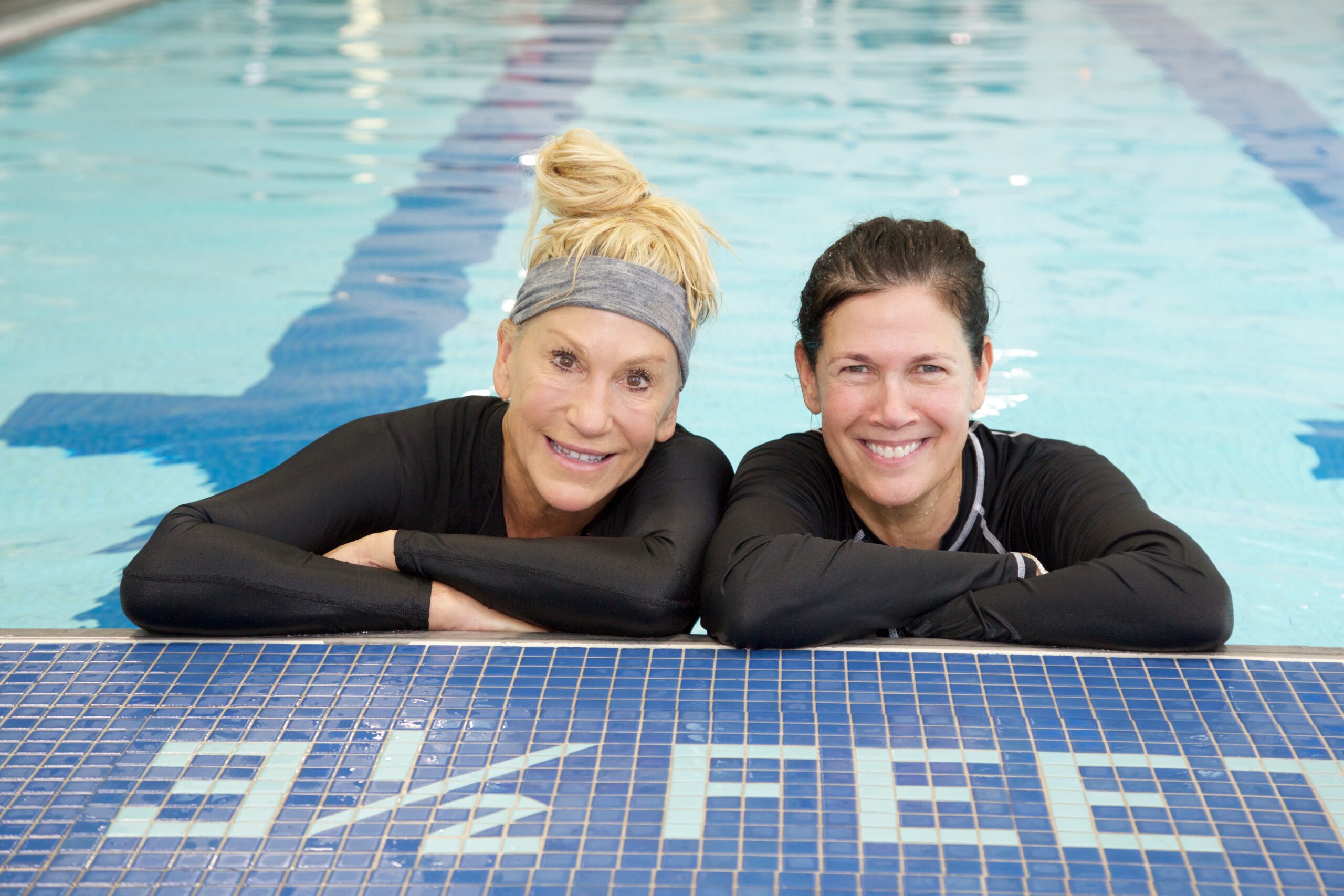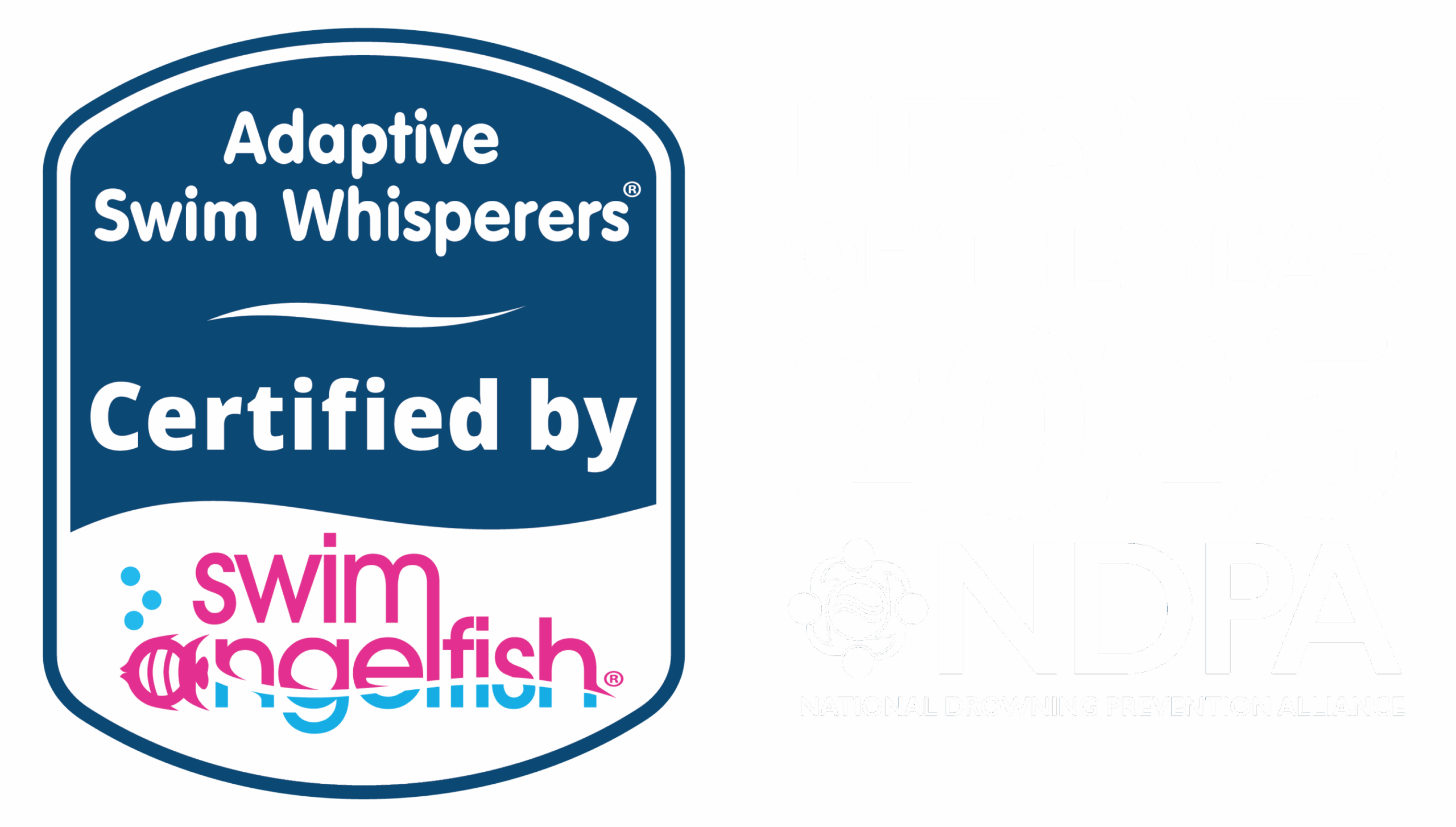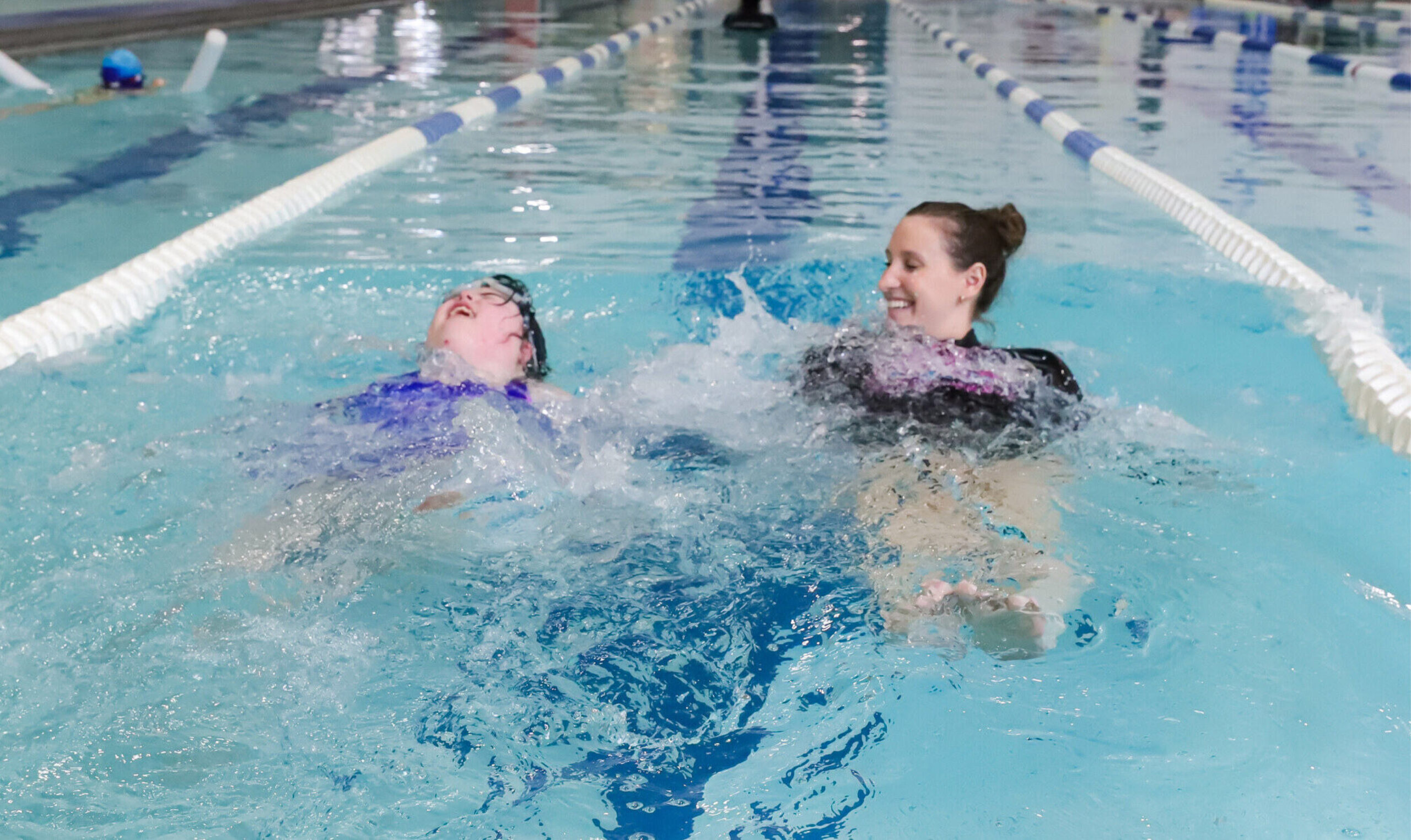
Have you ever felt like you just don’t know where to start when teaching swimmers with special needs?
Imagine that you are in the pool, ready for your swimmer with a game-plan of skills to work through and it’s time to start. But your swimmer arrives, and it’s clear that they are just not interested in learning swim skills. You might have a sensory-seeker who is constantly going under, or perhaps your swimmer is struggling to pay attention given all the distractions within the pool environment. How do you ‘Take Action’ to get your swim lesson underway so that you can help your swimmer learn water safety and swim skills? What will you do to engage your swimmer so that they can enjoy their water experience?
The good news is you’re not alone. We’ve all been there. We hear from many instructors telling us how quickly a lesson can spiral (or not even get started!) and both the instructor and swimmer can leave the pool feeling deflated. Well fear not! We share 5 proven tips that will ensure your lessons always get off to a great start!
Lights, Camera… Action!
What do we really mean when we say ‘Take Action’ in your special needs swim lessons? We define ‘Action’ as the process of moving towards a goal.
Using the analogy of movie making, we all know that the action won’t happen until the stage has been set, the lights are on, the camera is rolling and the actors are on set ready to deliver their best performances. Likewise, there are lots of elements that come together before and during an adaptive swim lesson that require swim instructors to purposefully ‘take action’, to help swimmers achieve their goals.
Get Your Swim Lessons Off to a Great Start with These 5 Proven Tips
We asked Swim Whisperers Certified Instructors for their best tips when getting started with their adaptive swim lessons. We curated their advice into 5 essential tips, proven to get your lessons off to a good start and to keep it on track. Knowing how and when to take action is the difference between delivering an average lesson and a great one!
Watch Ailene in action, as she showcases the incredible possibilities that unfold when swim instructors follow these five proven action tips.
By implementing these methods, you can ensure that every child enjoys a sensory and disability-friendly swim instruction experience that gets off to a fantastic start!
We have created a step-by-step guide for swim instructors who want to learn how to teach swimmers with any sensory, behavioral, emotional or attention challenge. Use this guide to help your swimmers with Autism, ADHD, Anxiety, Down Syndrome and more learn to swim faster with ease and gain essential water safety skills.
The role that ‘Action’ plays as a strategy for swim instructors with Autistic swimmers or students with various disabilities is essential. Once you understand the 11 Areas of Focus and the 14 Roadblocks from our Adaptive Swim Whisperers Certification Program, you will be able to turn your lessons around!
